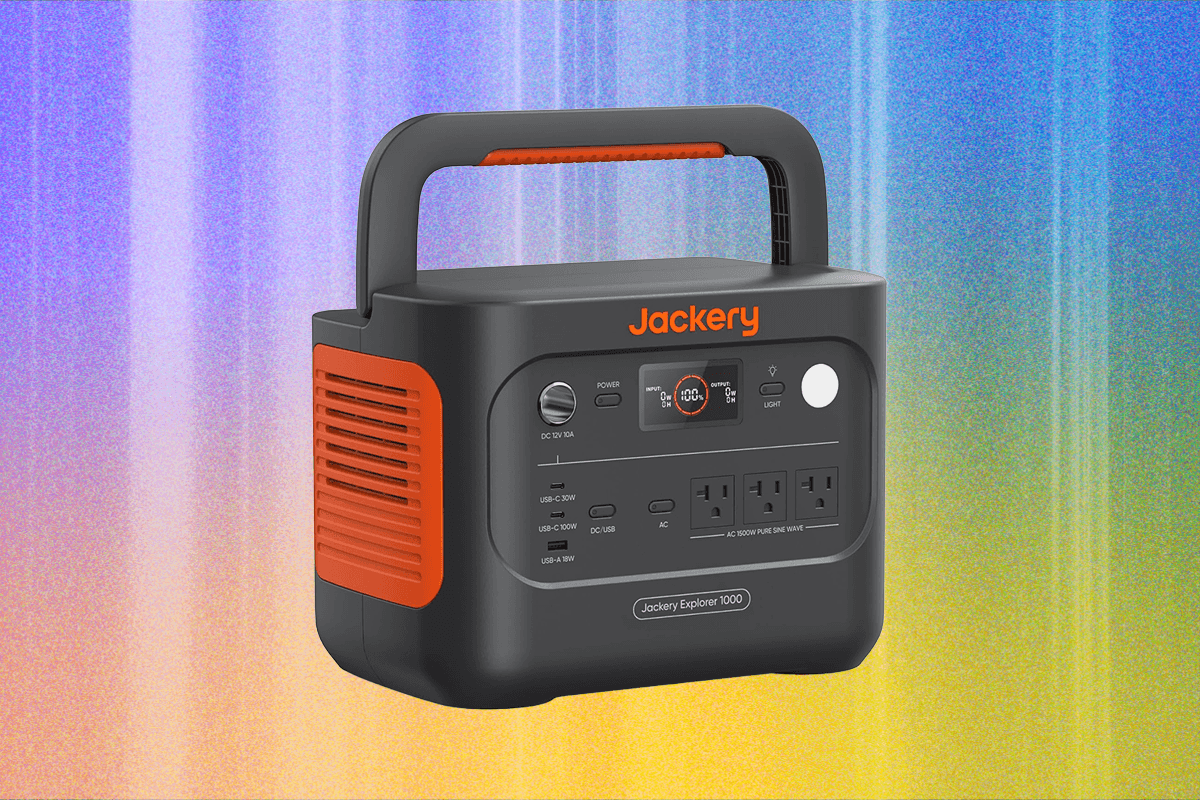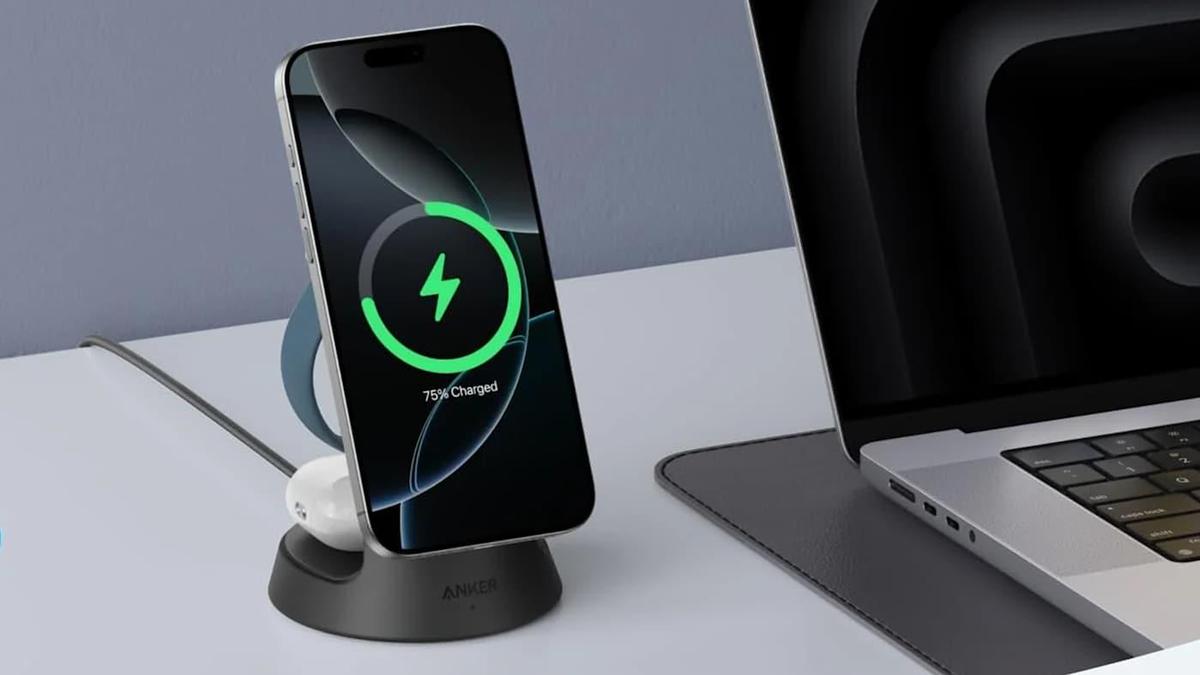Spotting AI-Generated Viral Videos: 9 Red Flags to Watch For
Spotting AI-Generated Viral Videos: 9 Red Flags to Watch For
Have you ever scrolled through TikTok, Reels, or YouTube Shorts and seen something so unbelievable you had to question its authenticity? With the rapid advancement of AI video generation, it’s becoming increasingly difficult to distinguish between real and fake content. That adorable kangaroo offering emotional support? Probably AI. Those rabbits bouncing in perfect sync on trampolines? Likely fake. Let’s dive into how to spot AI-generated viral videos.

The technology has become so advanced that the old telltale signs – warped faces or impossible textures – are becoming less obvious. However, don’t despair! There are still ways to identify these synthetic creations. The key is paying attention to the details.
The Rise of Ultra-Realistic AI Video Tools
Tools like OpenAI’s Sora and Google’s Veo 3 are pushing the boundaries of AI video generation. They’re now capable of creating cinematic clips with complex camera movements, realistic lighting, and believable textures. These tools are rapidly evolving, blurring the lines between human-shot footage and AI-generated content. This means we need to be even more vigilant and skeptical.
Expert Insight
“Even if I don’t find the artifact, I cannot say for sure that it’s real, and that’s what we want,” says Negar Kamali, an AI research scientist at Northwestern University’s Kellogg School of Management. This highlights the challenge: proving something is real is harder than finding flaws.
9 Ways to Identify AI-Generated Viral Videos
Here are some key things to look for when trying to determine if a viral video is AI-generated:
- Context is King: Pay attention to the scenario depicted in the video. Many AI-generated videos feature oddly specific or staged situations, often shot at night or using dark filters. These filters can conveniently mask glitches and inconsistencies.
- Missing Device Hallmarks: If the video is supposedly from a doorbell cam or security feed, check for timestamps, brand logos, and interface overlays. The absence of these elements is a red flag. However, remember that their presence doesn’t guarantee authenticity.
- Physics Fails: Real-world motion follows real-world rules. If something seems physically impossible, it probably is. For example, animals don’t typically perform perfectly synchronized, repetitive actions for extended periods.
- Runtime Red Flags: Shorter clips give AI less opportunity to reveal its flaws. Be suspicious of videos that are only a few seconds long, or longer videos that are made of many very short clips. According to Hany Farid, a UC Berkeley professor of computer science and digital forensics expert, short video length is a key indicator of AI generation.
- Sound Suspicion: Synthetic clips often have strangely clean audio, mismatched ambient noise, or are completely silent. The audio may not match the visuals.
- Inconsistent Lighting: AI models sometimes struggle with consistent lighting throughout a scene. Look for sudden shifts in brightness or shadows that don’t make sense.
- Unnatural Textures: While AI is improving, it can still struggle with replicating realistic textures, especially on complex surfaces like skin or fur. Look for overly smooth or artificial-looking textures.
- Repetitive Patterns: AI models sometimes repeat patterns or movements unintentionally. Watch for repeating elements in the background or characters performing the same action in a loop.
- Questionable Sources: Where did the video come from? Is the source a verified account or a random profile with no history? Always be wary of content from unverified sources.
Actionable Takeaway
Next time you see a viral video that seems too good to be true, take a moment to analyze it using the tips above. A healthy dose of skepticism can go a long way in separating fact from fiction in the age of AI.
Key Takeaways
- AI-generated video is becoming increasingly realistic and difficult to detect.
- Pay close attention to details like context, physics, sound, and lighting.
- Be wary of short clips and videos from unverified sources.
- Question everything!
FAQ
Q: Are all AI-generated videos harmful? A: Not necessarily. Some AI-generated videos are created for entertainment or artistic purposes. However, it’s important to be aware of the potential for misinformation and manipulation.
Q: What are the biggest challenges in detecting AI-generated videos? A: The rapid advancement of AI technology makes it difficult to keep up with the latest techniques. AI models are constantly improving, making it harder to spot flaws.
Q: What can I do to help combat the spread of AI-generated misinformation? A: Be a critical consumer of online content. Verify information before sharing it, and report suspicious videos to the platform where you found them.
Q: What role does sound play in detecting AI-generated videos? A: Sound is a significant factor. Check for inconsistencies between the audio and visuals, mismatched ambient noise, or the absence of sound altogether.
Q: How can I stay informed about the latest advancements in AI video generation? A: Follow reputable tech news sources, read research papers, and engage with experts in the field.
Source: Mashable



